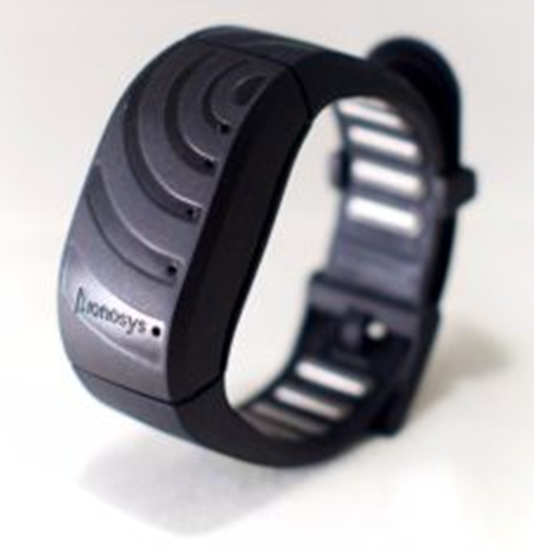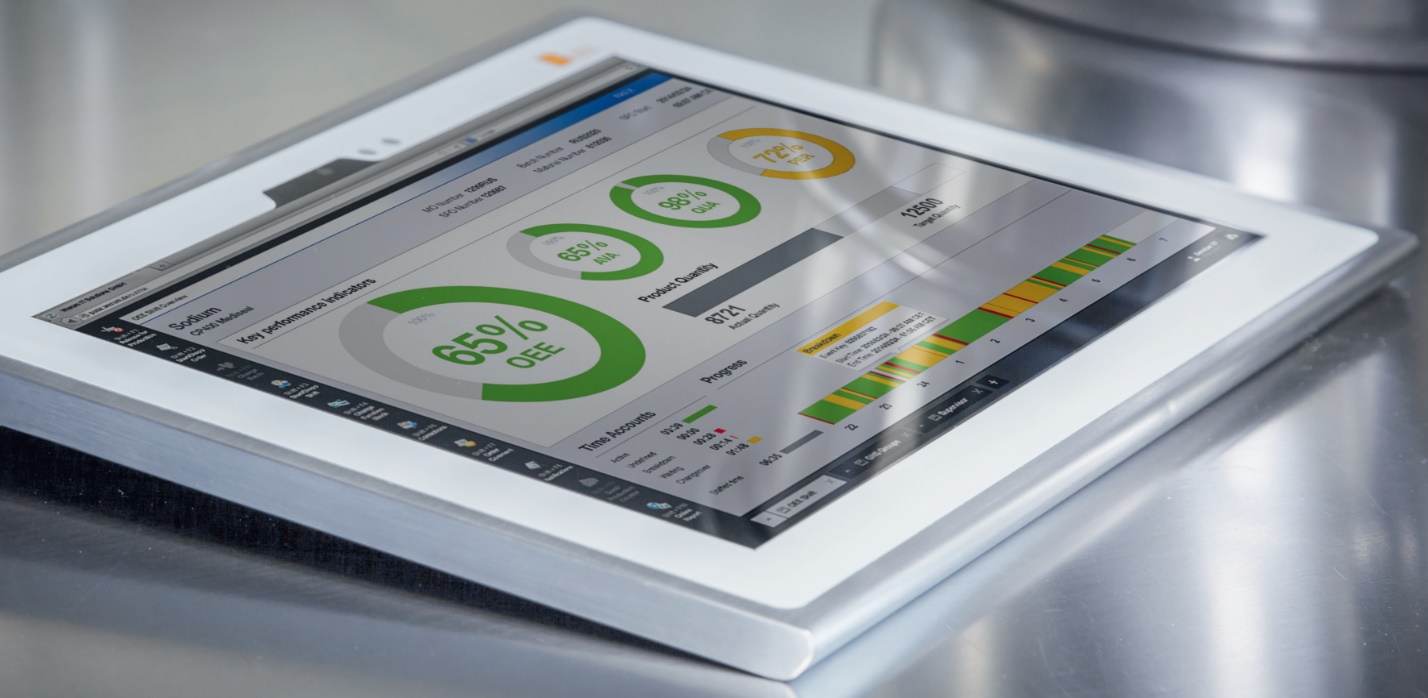Life sciences and pharmaceutical manufacturing facilities are required to adhere to specific factors, such as cleanability, when utilising new and developing smart devices in hygienic environments. This is because they could act as sources of contamination or cross-contamination.
Implementing IT hardware into manufacturing settings brings many benefits but also presents some risks associated to product quality and patient safety. Devices such as wireless access points, mobile devices, and monitoring equipment on the production line, must also be considered when developing cleaning plans and protocols.
The trend in GxP environments, (and everywhere else) is toward increased Information Technology and Operational Technology (IT/OT). This is where Grantek can assist. Companies can seek guidance on the suitability of specific IT/OT devices in the GxP environment from a cleaning and maintenance standpoint and can also assist with the procurement of durable cleanroom equipment that can withstand the rigorous cleaning needed to maintain cleanroom compliance.
The benefits must be balanced with risk mitigation strategies
The cleanroom standard ISO 14644 defines classes for cleanrooms, which are based on number of particles per square meter, as well as airborne particles.
Cleanrooms are also defined by grade. The grades have to do with particle sizes and limits for airborne microorganisms and microorganisms on personnel. Grades can be used to classify cleanrooms based on number of particles per square meter. Cleaning requirements are applicable when personnel and equipment move from one area to the next depending on the grade of the cleanroom. Particle counters, when used, must of course themselves be cleanable.
In a typical cleanroom, there may be the need for HMI (operation), MES (batch reporting), and testing HMI (for lab automation). All functions can be consolidated into a tablet running multiple applications. Using this approach improves mobility and decreases the need for multiple specialised workstations but increases the possibility for cross-contamination as personnel carry devices from one area to another.
Other sources of particulates to consider are fixed infrastructure, such as wired/wireless access points that collect dust due to static charge buildup or lack of regular cleaning.
Keeping it clean
Effective cleaning methods must be specified and documented and must be followed when cleaning mobile devices, vision systems and other sensors monitoring production lines, wireless and wired network access points, and any other IT/OT equipment that has been added. Cleaning methods must be effective and non-destructive.
Developing the validation process for cleaning methods can be challenging. What works for one type of contamination or equipment may not work for another. The ISO 14971 Risk Management standard covers risk mitigation strategies and is therefore applicable to risks posed by cleanrooms and cleaning procedures. Other possible sources of contamination to be aware of are biometric monitoring devices, mobile phones, and wearables such as smart glasses. Smart glasses may be used to share real-time video as the wearer performs a procedure, a function that is very useful for activities such as virtual qualification of equipment.
As we see a shift in limiting personnel access on site due to the COVID-19 pandemic, we will also see a shift in the use of wearables to assist in cost reduction and time of personnel travel.
Industrial grade smart glasses that are cleanroom compatible are available
Other uses for mobile technologies are providing user instructions at the point of need. It is more efficient for a user to use their mobile device to view a video of a procedure they need to perform instead of referring to paper documentation, especially into cleanrooms.
Wearables may also use of artificial intelligence capable of verifying that the wearer of a device is performing actions correctly. The wearable device can watch as the user performs a task and can offer immediate feedback if the action is not being performed properly. Augmented reality headsets and smart glasses offer many benefits, but must also be cleaned and sanitised.
Unlike fixed equipment that is cleaned once per shift or once a day, portable equipment may require multiple cleanings during the workday as it is moved from one area to another, or as it is used by different people. Cleaning protocols must take this into account to help ensure that the wearables do not become a source of contamination.

Even within a site, cleanroom access can be restricted to essential personnel, so others who may need to observe or provide guidance can stay outside of the room and observe by means of smart glasses or cameras in the cleanroom transmitting live video. This allows facilities to strictly limit access, reducing sources of contamination.
Augmented reality is being adopted for tasks such as remote support; a need heightened by the COVID-19 pandemic. Formerly, when new machinery was shipped to a manufacturing site, a support team would come to the site to set it up, perform automation/integration tasks, and assist with qualification testing.
The COVID-19 pandemic has prevented support teams from traveling to manufacturing sites, but new technology allows onsite personnel to wear smart glasses and transmit live video of activities to the experts at another location, who can provide appropriate guidance as they see what the user is seeing. Offsite personnel can also watch as a piece of equipment is assembled, or witness an acceptance test, without having to be onsite.

Mobile devices and wearables include biometric security devices, augmented reality glasses, tablets, and smartphones. Wearable tech typically uses a standard Wi-Fi interface and supports the use of common video-sharing applications. Sharing video of what the smart glasses see is as easy as sharing the screen during a video meeting.
Infrastructure, whether Wi-Fi, Bluetooth, or another proprietary protocol, should be cleaned as part of the facility - when walls/ceilings are wiped down or washed. Wearables and other wireless devices should follow existing procedures normally used to implement any computerised system, including 21 CFR Part 11. Sensors on the line, such as cameras and other machine vision systems, are also part of the IT/OT network and need to be managed as such. They may also be subject to cleaning requirements. SOPs should include cleaning routines for infrastructure as well as for manufacturing equipment.
Validation of new IT/OT devices, including wireless infrastructure, should follow an overall quality systems approach. It is also important to ensure that any wireless devices can achieve the needed range, have robust security and reliability, and are cleanable.
To help maintain compliance, Grantek is the exclusive North American distributor of Systec & Solutions cleanroom equipment. Systec offers enclosures with IP65 ingress protection in a stainless-steel enclosure suitable for GxP cleaning agents. Systec produces data entry devices, monitors, human-machine interfaces (HMI), and other electronics that may be needed in the cleanroom environment.
Many cleanroom data entry devices are in fixed room positions or on trolleys for mobile purposes. But as data entry trends toward a single portable user interface device that offers multiple applications, the risk of cross-contamination increases as devices moves with the user. Staying ahead of the trend of more IT/OT devices in GxP environments is key for pharma manufacturers.
The benefits must be balanced with risk mitigation strategies to prevent risks for all enterprises with cleanroom production suites as an integrated part of their operations.
